.jpg?width=1000&name=Modular-Vs-conventional-home-building--pros-and-cons-(Updated).jpg) Are you building a house? One of the first choices to make is whether you’ll opt for a modular home or one that’s built on-site.
Are you building a house? One of the first choices to make is whether you’ll opt for a modular home or one that’s built on-site.
So how do you discover which is the best option for you? In this article, we share 8 key considerations to help you find the right construction method for your project.
Best construction methods
What is on-site construction?
Conventionally built homes are built on-site from start to finish. This is the most traditional building method and is often completed by group home builders.
Pros and cons of on-site construction
- Weather delays
- High travel costs
- Unexpected budget blowouts
What is a modular home?
Modular homes are built in sections and are approximately 90% completed in a manufacturing facility. At that point, they are transported to the site, installed on the prepared foundations, and connected to services.
Modular homes are built with many of the same materials and abide by the same building codes as conventionally constructed homes.
Pros and cons of modular homes
- Faster build times
- Customisable designs
- Modules must fit certain delivery requirements
Modular vs on-site construction
1. House layouts and design flexibility
 Anchor Homes Modular Designs - Newhaven 19, Hampton 14, Barwon, Suburban
Anchor Homes Modular Designs - Newhaven 19, Hampton 14, Barwon, Suburban
Building your dream home starts with finding the perfect design. Most modular and conventional builders offer many options for small, medium, and large homes in their standard range.
To find the right fit for you, it is often necessary to make a few changes to the floor plan. In general, modular home builders offer more flexibility to customise your design because they can work with your brief to create a home that is a perfect match for your site and lifestyle.
2. Construction time
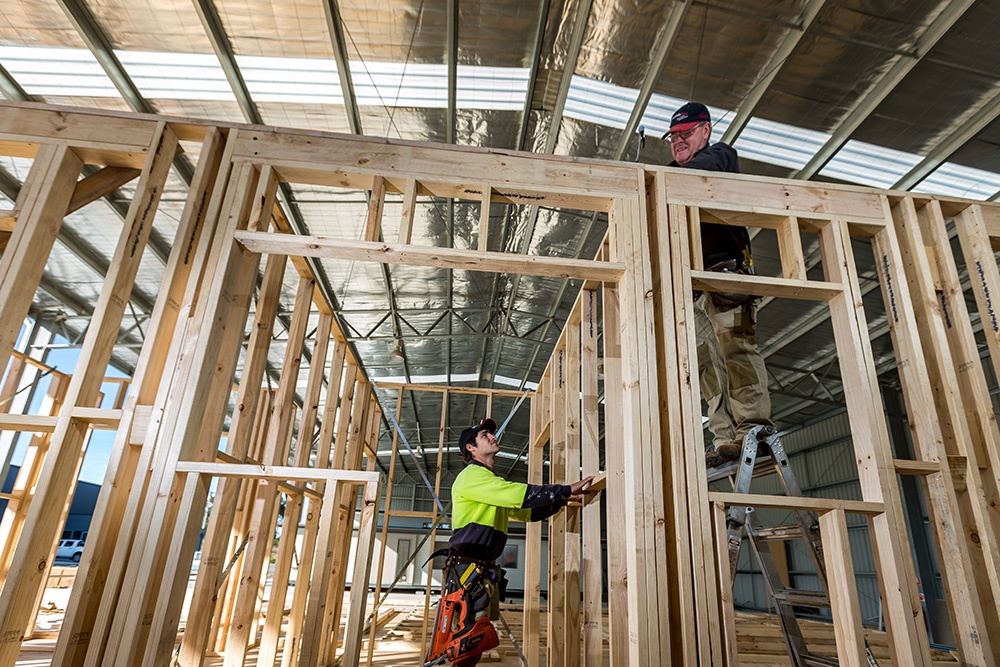 While pre-construction is similar for both building methods, the construction phase for modular homes is much faster than a conventional build. This is because modular construction involves less time spent on the building site.
While pre-construction is similar for both building methods, the construction phase for modular homes is much faster than a conventional build. This is because modular construction involves less time spent on the building site.
Modular homes are less impacted by weather delays and can even allow for overlap of construction and site works. This means the overall build time for modular homes can be as little as 14 weeks.
3. Quality control
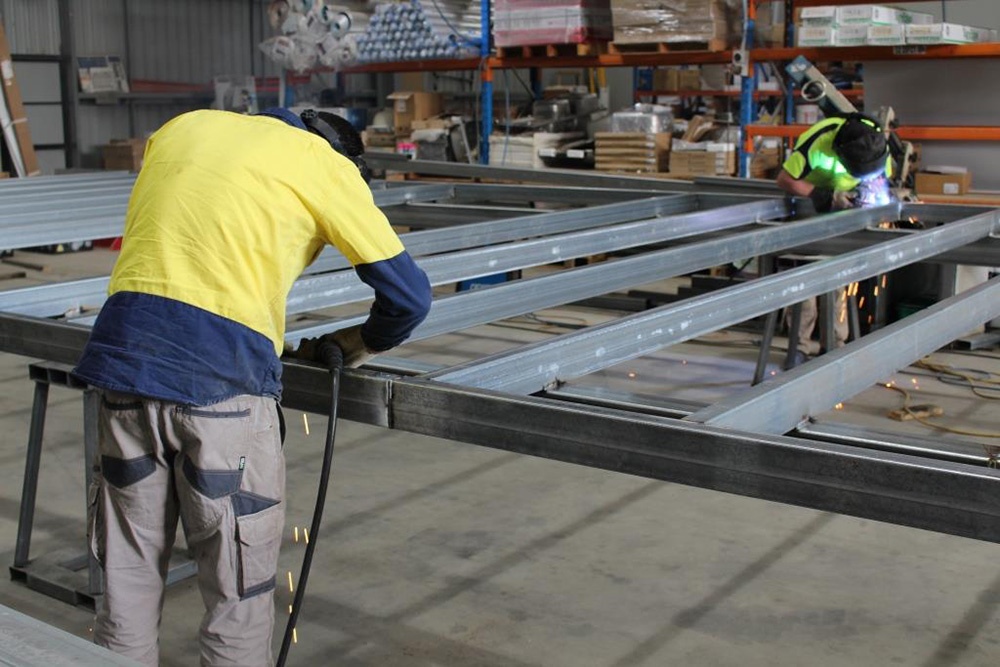
During a modular build, the site manager closely supervises the work to ensure strict quality standards are met. The controlled factory environment allows all tradespeople to work efficiently and with reduced interference from the elements.
4. Your location
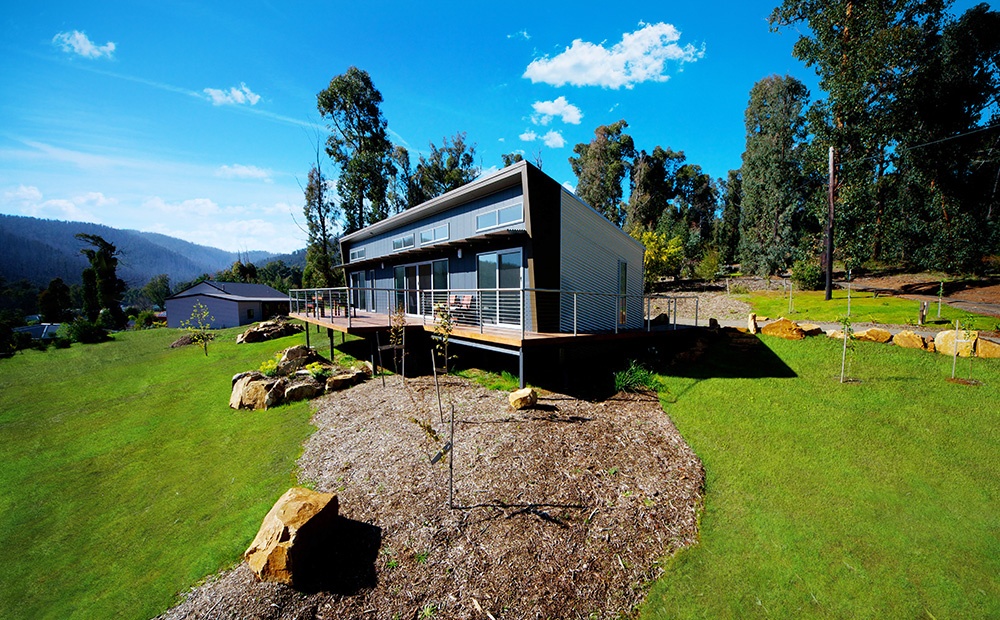
With projects based on-site, you’ll need to factor in delivery costs, frequent travel, and accommodation for your tradespeople. Over the course of your project, this can quickly get out of hand.
In comparison, 90% of modular construction is completed off-site. This means your modular home can be installed faster and therefore costs much less than a conventional house.
However, in some dense urban areas, it may be challenging to deliver a modular home. Obstructions may include lots of power lines or narrow streets that make it difficult to access the site. In these instances, delivery costs may add up.
5. Progress updates
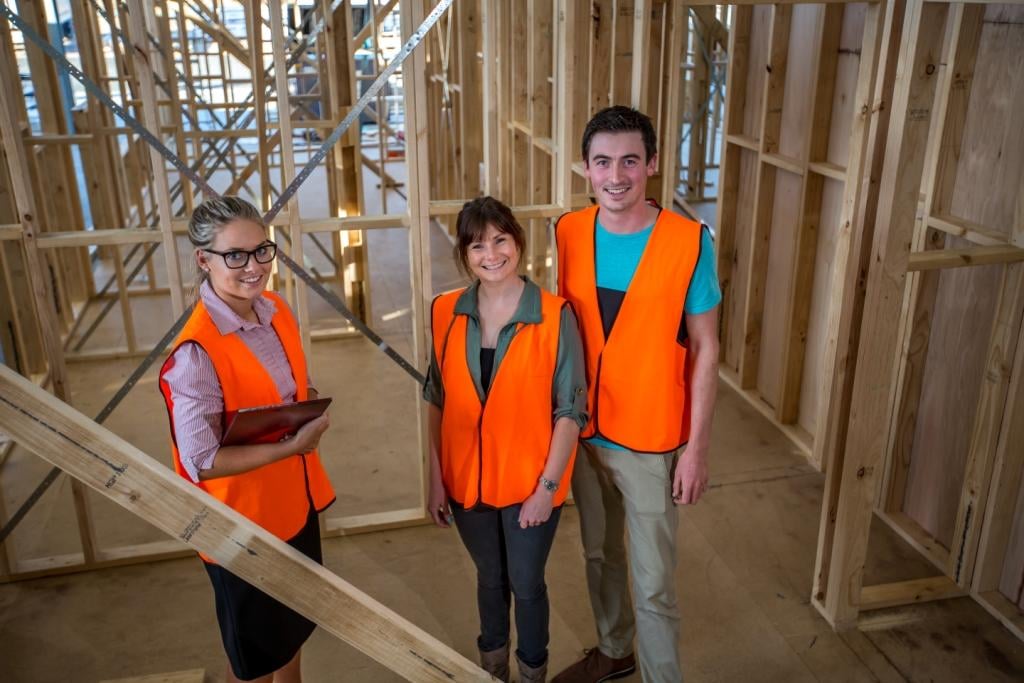
When building your new home, seeing progress adds to the excitement. Unfortunately, on most conventional building sites, access may be restricted as a health and safety precaution.
At Anchor Homes, however, you are welcome to visit the factory and see how things are progressing. A member of the team will show you around and can give you a tour of our display homes while you’re there.
6. Sustainability
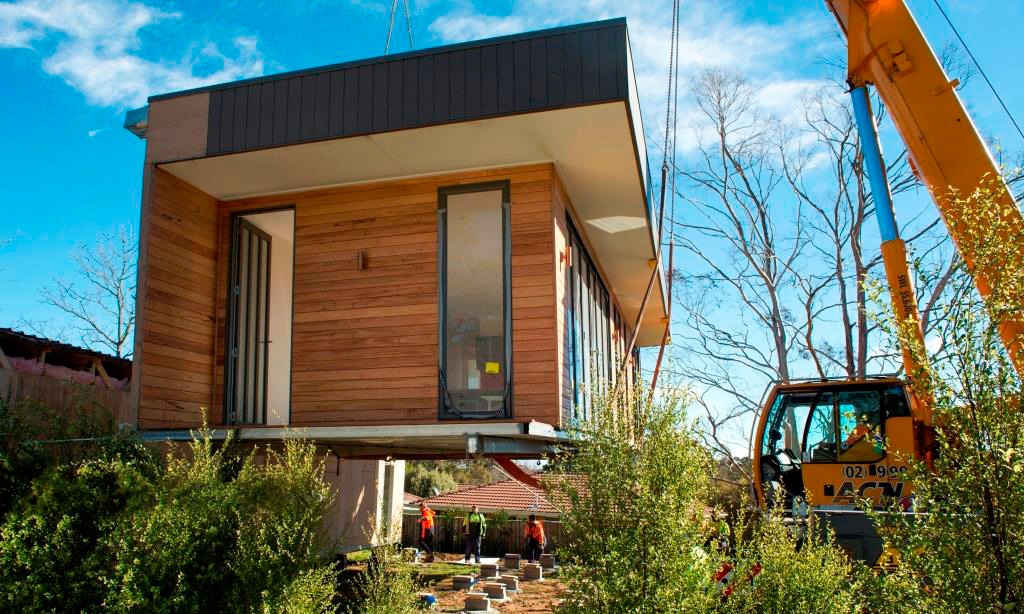
If you want an energy-efficient and sustainable home, both on-site and modular homes offer a range of optional features. For example, you may wish to incorporate passive energy solutions, increase energy ratings, or install renewable energy sources like solar hot water or rainwater.
An added benefit of modular homes is the reduction in harmful site disruption. We can also store material off-cuts for future builds, preventing construction waste.
7. House size

The best building method will also depend on your home’s layout and specifications. In particular, the viability of a modular home will be determined by how many modules you need and therefore how many deliveries are required.
If you are looking for an extremely large home, a conventional build may be more suitable. This is because a large home may require multiple modules and deliveries, which could add up.
8. Land and legal requirements
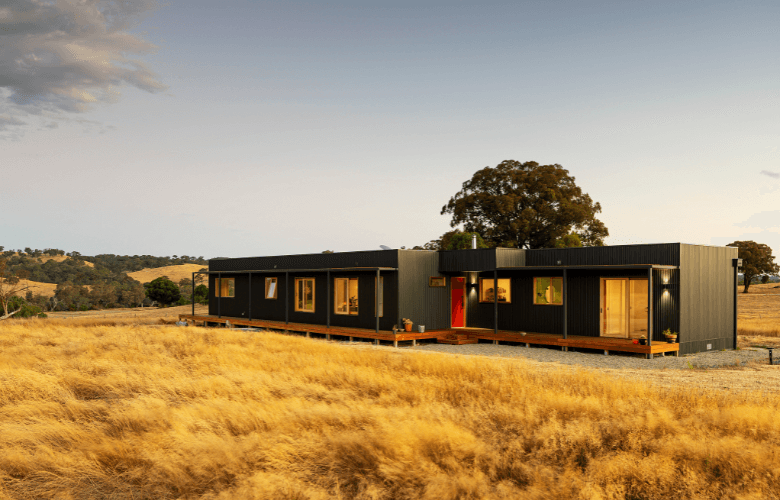
Always check for covenants on your land because some may only allow certain construction materials to be used. This is fairly common in new estates where developers are aiming for a cohesive look. Modular homes are typically built using lightweight cladding materials, meaning they may not be appropriate for these sites.
Guide to Building a Modular Home
If you need more guidance, have a chat with a builder for some expert advice. By speaking with a modular building consultant and a conventional building company, you can make an informed decision about how to make your dream home come to life.
With the right knowledge behind you, you can be clear about what you want and make better, more informed decisions. That’s why we created our free guide, covering all the key information, including:
- Modular vs. conventional homes: pros and cons
- How long does it take to build a modular home?
- How to get finance for a modular home
- 10 key considerations when buying land
- What permits do I need to build a modular home?
- Can I build on a sloping block?
- And more ...
This handy resource will be your go-to guide as you navigate your way through the early stages of planning your dream new home. Click below to get your free copy!


Leave a Comment